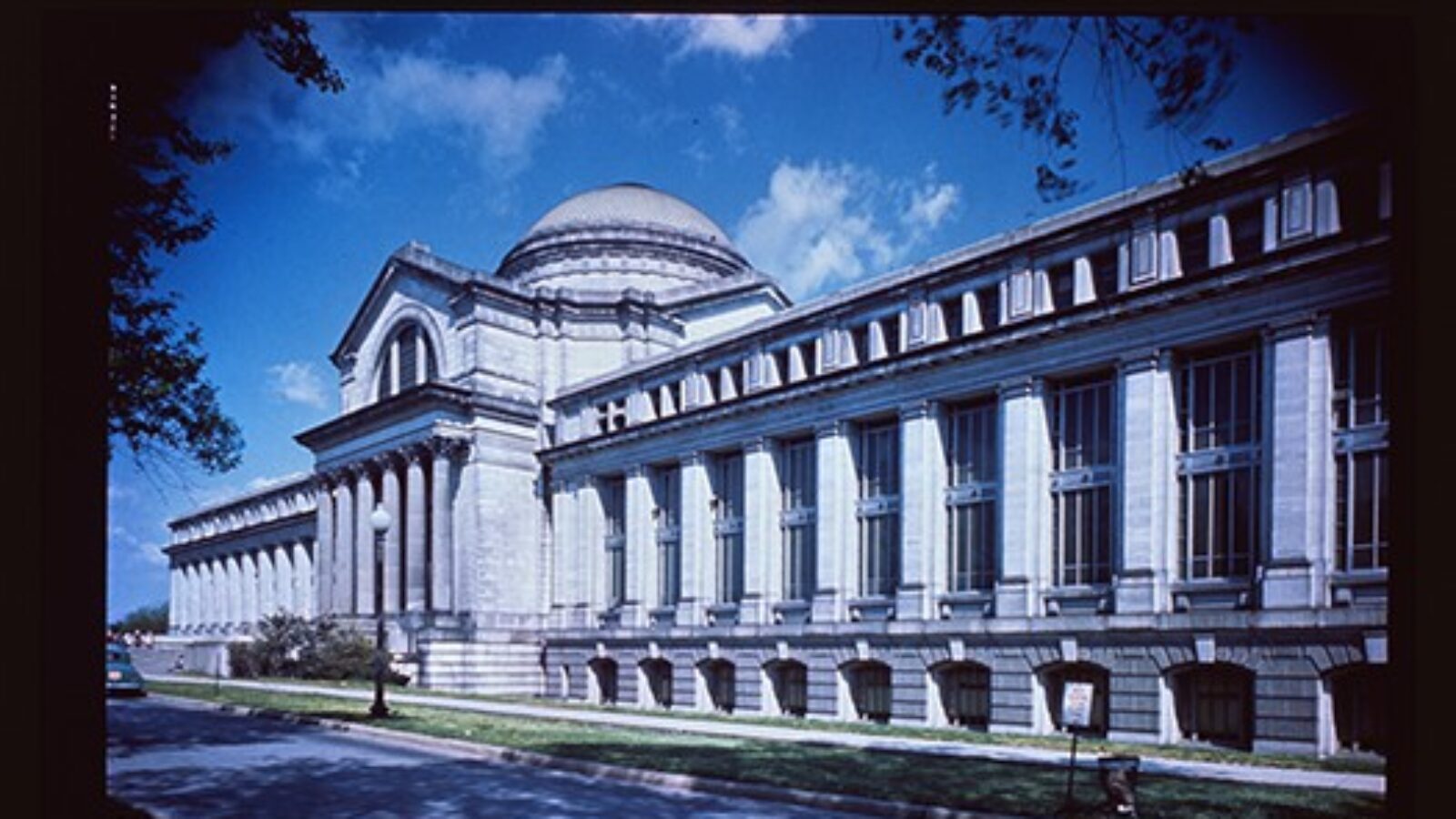June 27, 1829: British scientist James Smithson died and left an endowment “to the United States of America, to found at Washington, under the name of the Smithsonian Institution, an establishment for the increase and diffusion of knowledge among men.” President James K. Polk signed an act of Congress that established the Smithsonian Institution to create a museum, a library, and a research educational program.
Today in History – June 27
The Smithsonian Institution
British scientist James Smithson died on June 27, 1829. He left an endowment “to the United States of America, to found at Washington, under the name of the Smithsonian InstitutionExternal, an “establishment for the increase and diffusion of knowledge among men.” Some regarded his bequest as a trifle eccentric, considering Smithson had neither traveled to nor corresponded with anyone in America.
A fellow of the venerable Royal Society of London from the age of twenty-two, Smithson published numerous scientific papers on mineralogy, geology, and chemistry. He proved that zinc carbonates were true carbonate minerals, not zinc oxides; one calamine (a type of zinc carbonate) was renamed “smithsonite” posthumously in his honor.
An act of Congress signed by President James K. Polk on August 10, 1846, established the Smithsonian Institution. After considering a series of recommendations, which included the creation of a national university, a public library, or an astronomical observatory, Congress agreed that the $508,318 bequest would support the creation of a museum, a library, and a program of research, publication, educational outreach, and collection in the natural and applied sciences, arts, and history.
The collections and libraries of the Smithsonian have continued to grow through donations and purchases. Today, the Institution comprises 19 museums, 144 affiliate museums, and 9 research centers throughout the United States and the world. The original Smithsonian Institution Building is popularly known as the Castle. Visitors to Washington, D.C., can frequent a variety of Smithsonian facilities including the National Museum of Natural History External, which houses the natural science collections, the National Zoo & Conservation Biology InstituteExternal, the National Museum of the American Indian External, and the National Portrait GalleryExternal. Opened in 2016, The National Museum of African American History and Culture External is the latest addition to the Smithsonian Institution’s collection of museums.
The National Air & Space Museum External, which exhibits marvels of aviation history such as the Wright brothers’ 1903 Flyer and Charles Lindbergh’s airplane, the Spirit of St. Louis, has the distinction of being the most visited museum in the world.
